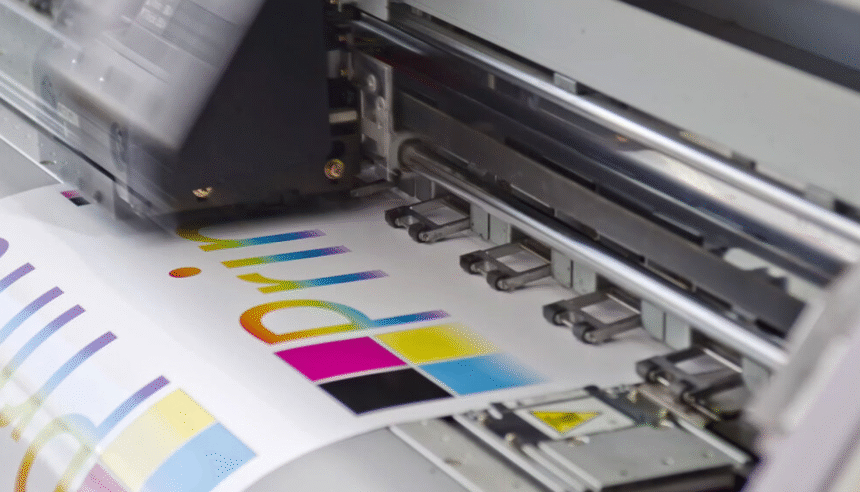Crisp, smudge-free prints are still extremely important when it comes to home and office printing. Printer ink smudging, however, can ruin the quality of both prints and documents. By understanding exactly why this problem occurs and how to solve it effectively, you can save both time and resources. So, let’s dive right in!
Causes of Ink Smudging
There are many reasons why ink may smear. A big reason is the type of paper used. Inkjet printers work best with specific types of paper, and using the wrong type of paper can be a recipe for disaster! In addition, humidity levels have a crucial part to play. The moisture-laden air makes it difficult for the ink to dry on the paper.
Another reason for smudging is printer settings. If the settings are wrong, such as the paper type or print quality, it can cause smudging. This can affect the print quality as well as printer maintenance. In addition, printer issues such as dirty printheads, clogged or dried-out nozzles, or even poorly functioning cartridges can cause uneven ink distribution and smudging.
Choosing the Right Paper
The first step in getting perfect prints is using paper that’s appropriate for the printer being used. If you’re printing on inkjet printers, the rough surface of certain papers lets the ink soak in quickly. This can result in less smudging. On the other hand, coated, smooth paper is the best choice for quality laser printing.
Also pay attention to the paper (the weight, thickness). Ink bleed is commonly prevented by using heavier paper and support is provided by thicker sheets, allowing the inks to readily absorb and minimize bleed.
Adjusting Printer Settings
Printer settings are vital if you want to get the best results every time you print something. Make sure the settings match the selected paper type. Change the print quality setting to save ink—choosing “Best” or “High Quality” usually results in less smearing. Also, if there are fast-drying options, turn them on to speed up the drying of ink for better printing quality.
Regular inspections of printer settings and driver updates keep them running at maximum effectiveness. The printer manual can be referred to intermittently for guidance on tweaking the configuration to suit individual needs.
Maintaining the Printer
Proper maintenance of the printer is crucial for its best prints consistently. When printheads are sufficient, cleaning maintains clog-free operation. This is a manageable task with the help of automatic cleaning functions offered by most printers. Furthermore, checking and replacing worn cartridges ensures that ink does not distribute unevenly.
Another factor that influences the printer’s function is ensuring that it is in a stable environment. Keeping it away from direct sunlight and high-humidity areas ensures that the device stays functional, which increases print reliability.
Environmental Condition Control
The environment being right has as much to do with print quality as the printer itself. Humidity control in the printing area helps to avoid ink smears. Keeping humidity balanced between 40-60% will help to dry the ink at all times.
Printer performance can also be affected by fluctuations in temperature. Leaving the printer in a temperature-controlled room leads to less chance of the print getting smudged. Improved print quality: by frequently reviewing environmental conditions, the overall quality of the prints is improved, making the printing process more efficient.
In Search of Other Ink Choices
Ink quality itself could be a contributor at times. If you’re having persistent problems with smudging, check other types of printer inks online. Most compatible ink cartridges support high-quality image printing reducing smudges and enhancing print clarity.
Using branded ink cartridges made for a specific printer model will help you get the quality print with an opened window that it offers. While generic cartridges can save you some money, they are not always the best performing, so you might end up with a mess and smudged printing.
Conclusion
To get clean prints that do not get fingerprints all over the place, you need to understand a few factors. Everything from choosing the correct media and printer configuration to printer maintenance and environmental control all contribute to the final appearance of your prints. Further, finding long-lasting printer inks online and investing in them can help in improving the clarity of the print.
A combination of these practices allows any individual or business to have consistent, professional-appearing prints. Integrating these solutions enhances the print and improves the quality of printing as a whole.















